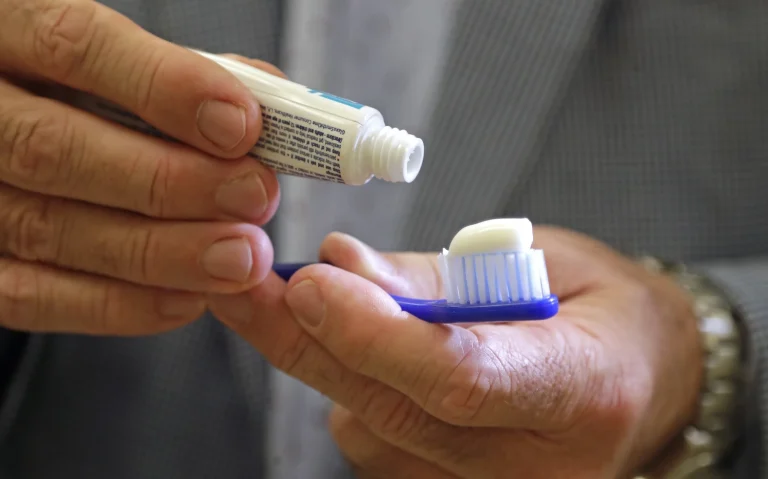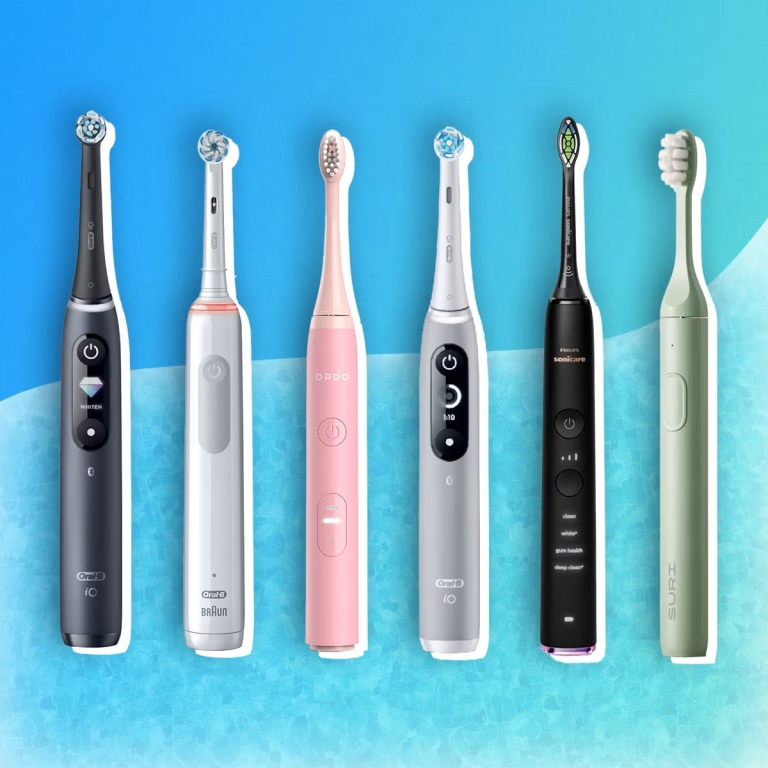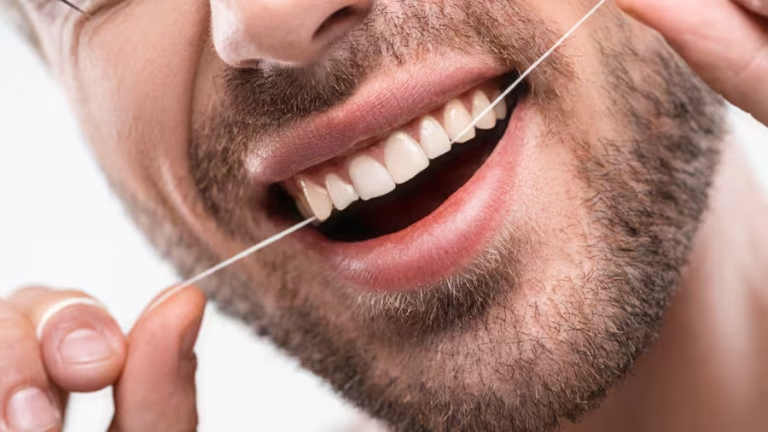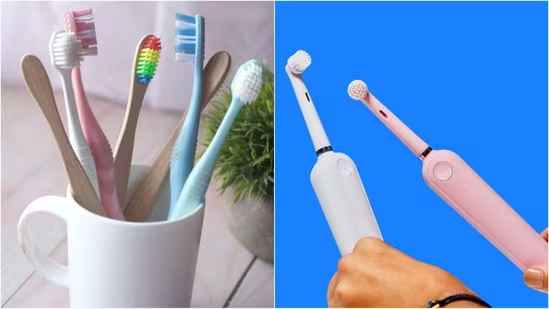The Benefits of Early Orthodontic Treatment for Children
Early orthodontic treatment is a crucial step in ensuring your child’s dental health and overall well-being. Starting treatment at a young age, typically around seven years old, can provide numerous benefits that extend beyond just achieving a beautiful smile. Let’s explore why early orthodontic intervention is beneficial and how it can set the stage for a lifetime of healthy teeth.
Identifying and Correcting Orthodontic Problems Early On
One of the primary advantages of early orthodontic treatment is the ability to identify potential dental issues before they escalate. At this age, children’s mouths are still developing, making it easier for orthodontists to spot problems like overcrowding, misalignment, or bite issues. Early detection allows for timely intervention, which can often lead to less invasive treatment options later on. For instance, if a child has a crossbite or an overbite, addressing these issues early can prevent more complex problems from developing as they grow.
Guiding Jaw Growth and Tooth Eruption
Another significant benefit of early orthodontic treatment is the ability to guide jaw growth and tooth eruption. During childhood, the jaw is still malleable, meaning orthodontists can use various appliances to influence its development. This proactive approach helps ensure that permanent teeth have enough space to emerge correctly. For example, using a palatal expander can widen the upper jaw, creating room for adult teeth to come in straight. By managing these growth patterns early on, children can avoid more extensive treatments in their teenage years.

Preventing More Severe Orthodontic Issues Later in Life
Investing in early orthodontic treatment can significantly reduce the likelihood of severe orthodontic issues later on. Misaligned teeth and jaws can lead to various complications, including difficulty chewing, speech problems, and even jaw pain. By addressing these concerns when they first arise, parents can help their children avoid more complex procedures down the line. Additionally, correcting bite issues early can improve oral function, making it easier for children to eat and speak without discomfort.
Improved Oral Health
Properly aligned teeth are not only aesthetically pleasing but also essential for maintaining good oral health. Crowded or misaligned teeth create hard-to-reach areas that are prone to plaque buildup, increasing the risk of cavities and gum disease. Early orthodontic treatment makes it easier for children to maintain proper oral hygiene by ensuring that their teeth are straight and aligned. This proactive approach can lead to healthier smiles and fewer dental visits in the future.
Enhanced Self-Esteem and Confidence
The teenage years can be particularly challenging for children as they navigate social interactions and self-image. A confident smile can make a world of difference during this time. Children who undergo early orthodontic treatment often experience significant boosts in self-esteem as their dental issues are corrected. They are more likely to feel positive about their appearance and engage confidently with peers[1][5]. This newfound confidence can also translate into improved performance in school and extracurricular activities.
Shorter Treatment Times
Starting orthodontic treatment early can often result in shorter overall treatment times. When issues are addressed sooner rather than later, the complexity of future treatments may be reduced. For example, using interceptive treatments like braces or expanders at a young age can simplify later procedures. This not only saves time but also minimizes the need for additional interventions as your child grows.
Financial Savings
While investing in early orthodontic treatment may seem costly upfront, it can lead to significant financial savings in the long run. By preventing severe dental issues that require extensive treatments later on, families can save money on future dental work. Moreover, many orthodontic practices offer flexible payment plans that make early intervention more accessible for families.
Conclusion
In summary, early orthodontic treatment offers numerous benefits that contribute to your child’s long-term dental health and confidence. By identifying and correcting problems early on, guiding jaw growth, preventing severe issues later in life, improving oral health, enhancing self-esteem, reducing treatment times, and saving money, parents can set their children up for success. If you’re considering orthodontic options for your child, consult with an experienced orthodontist who can provide personalized recommendations based on their specific needs. Investing in your child’s smile today could pave the way for a healthier tomorrow.
FAQs
What is considered “early” orthodontic treatment, and at what age should my child be evaluated?
: Early treatment typically starts around age seven. An evaluation at this age allows the orthodontist to identify developing issues early.
: What are the main benefits of early orthodontic treatment?
: Early treatment can identify and correct problems early on, guide jaw growth, prevent more severe issues later, improve oral health, and enhance self-esteem.
: How can early orthodontic treatment guide jaw growth?
: Orthodontists can use appliances like palatal expanders to influence jaw development while the jaw is still malleable during childhood.
: Can early treatment prevent more severe orthodontic problems later in life?
: Yes, addressing issues like misaligned teeth and jaws early can prevent complications and the need for more complex procedures later.
: How does early orthodontic treatment improve oral health?
: By aligning teeth, it becomes easier to clean them properly, reducing the risk of plaque buildup, cavities, and gum disease.
: Will early orthodontic treatment boost my child’s self-esteem?
: Yes, correcting dental issues early can significantly improve a child’s confidence and self-image, especially during their teenage years.
: Does starting treatment early mean my child will be in braces longer?
: No, early intervention can often result in shorter overall treatment times because issues are addressed before they become too complex.
: Can early orthodontic treatment save money in the long run?
: Yes, by preventing severe dental issues that require extensive treatments later, families can save money on future dental work.
: What types of problems can early orthodontic treatment address?
: It can address overcrowding, misalignment, bite issues like crossbites and overbites, and guide proper tooth eruption.
: How do I know if my child needs early orthodontic treatment?
: Consult with an experienced orthodontist for a personalized evaluation and recommendations based on your child’s specific needs.







